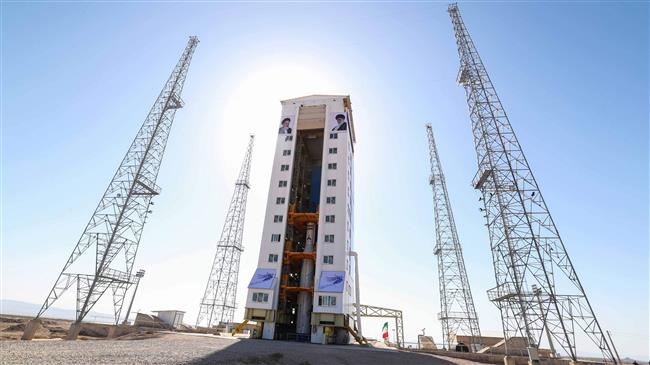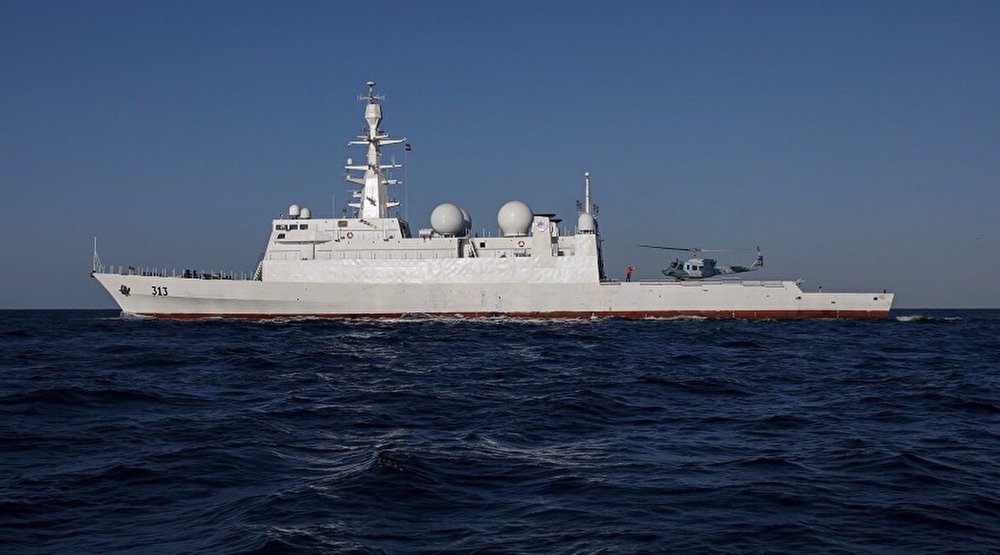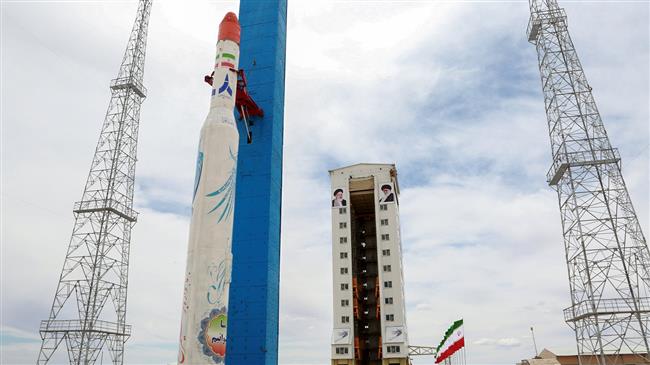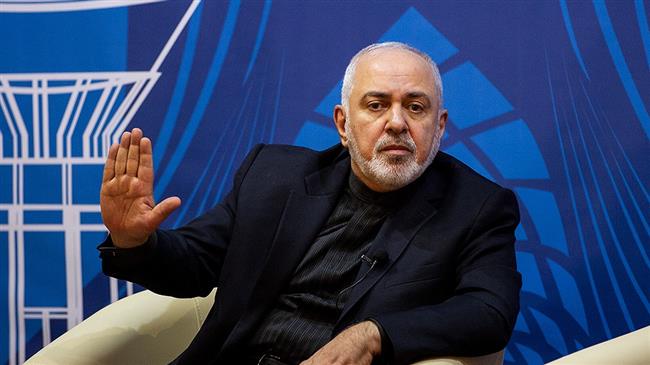No military aspect to Iran’s satellite carriers: Defense minister
Defense Minister Brigadier General Amir Hatami says Iran’s satellite carriers have nothing to do with its military activities and lie completely outside the country’s defensive practices.
“The satellite carriers have nothing to do with the subject of missiles, and constitute a completely non-defensive and non-military issue,” Hatami said following a government meeting in Tehran on Wednesday.
According to the defense chief, a satellite might be used for defense-related purposes, but the carriers are totally non-defensive in nature.
On Sunday, the Iranian Space Agency said the country had launched its domestically-made Zafar satellite using a Simorgh satellite carrier, but that the missile had fallen short of reaching the designated orbit.
The agency added that the data from the launch would be used to optimize future launch attempts.
As with every country that has experimented with satellites, the Iranian nation likewise has a vested right to avail itself of the technology, he added, noting that the country would, therefore, strongly pursue its relevant plans in this regard.
The Iranian defense minister was apparently reacting to claims made by France and the US about Tehran’s space program following the launch.
Reacting to the launch on Tuesday, US Secretary of State Mike Pompeo accused Iran of trying to improve its ballistic missile skills through the satellite launch and vowed to exert more pressure.
A day earlier, France also criticized the launch and suggested that it was inconsistent with UN Security Council Resolution 2231, which “calls upon” Iran not to undertake any activity related to missiles “designed to be capable of” delivering nuclear weapons.”
Commenting on Iran’s missile activities, Hatami noted that the defense program was in complete accord with international regulations that prohibit the development of projectiles capable of carrying nuclear warheads.
“Nothing of the kind exists in the Islamic Republic,” Hatami said. “All of our missiles, which we take pride in and which constitute an important factor of Iran’s defense and military power, are made with conventional warheads.”
“The projectiles are high in precision, something that the Americans came in proper touch with at Ain al-Assad [Airbase],” he said.
The US airbase, which is located in Iraq’s western Anbar Province, and another American outpost in the Arab country’s semi-autonomous Kurdistan region came under retaliatory ballistic missile strikes by Iran’s Islamic Revolution Guards Corps (IRGC) last month.
The strikes were prompted by the US assassination of Lieutenant General Qassem Soleimani, the former commander of the IRGC’s Quds Force, and a number of others in a set of drone strikes targeting Baghdad’s civilian airport.
“We do not need anything beyond this. Our missiles are precision-guided and fitted with conventional warheads,” Hatami added.
The Islamic Republic, he added, was likely to launch its Zafar (Triumph)-2 Satellite in the beginning of the next year on board Simorq (Phoenix) Satellite Carrier.
The official said the country considered the vehicle and satellite technology to be one of the subject matters of its research activities.
He said the Islamic Republic would pursue the research “until it reaches a stable stage,” and the country attains the ability to “do this in the form of a sustained practice.”
Jan. 15: ‘Axis of Resistance’ operations against Israeli occupation
VIDEO | US fires: Criticism mounts over govt. failure to respond
VIDEO | Fears, hope in Gaza amid intensified ceasefire efforts
VIDEO | Press TV's news headlines
Hamas: Ceasefire agreement result of steadfastness, resistance in Gaza over 15 months
Hamas thanks Iran, Resistance Front following achievement of ceasefire in Gaza
'Capitulation': Israeli officials and media concede Gaza defeat as truce unfolds
'Gaza has won': Social media users react to ceasefire with mix of relief, joy














 This makes it easy to access the Press TV website
This makes it easy to access the Press TV website